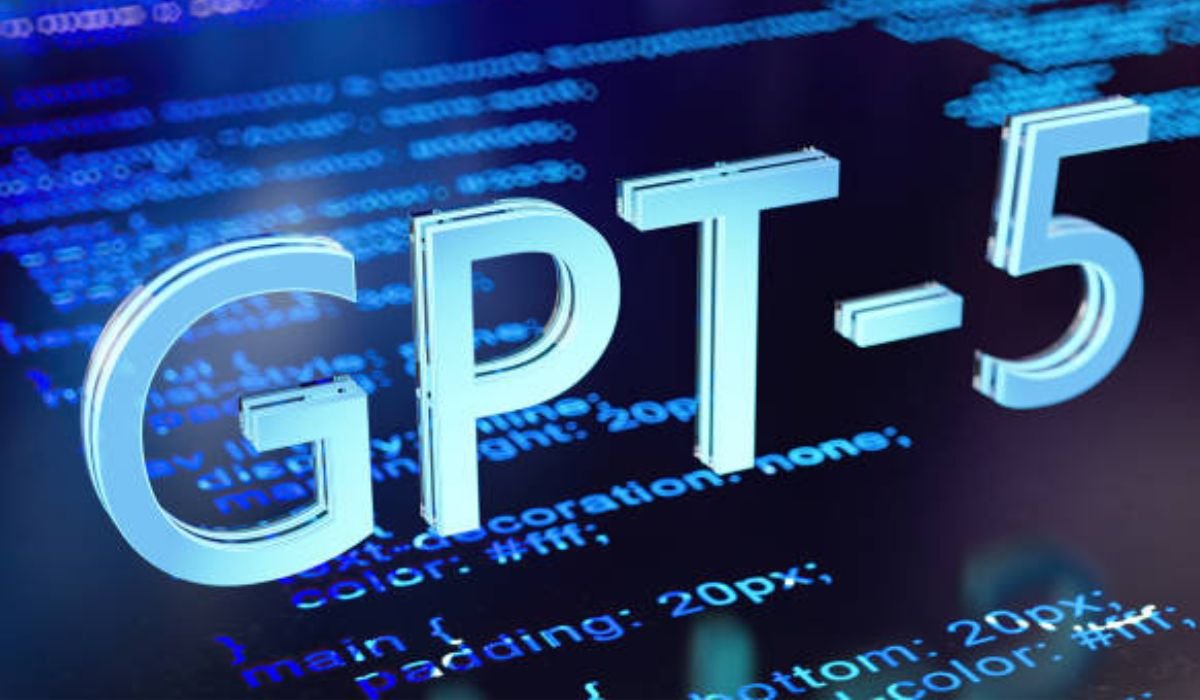Table of Contents:
- The Rapid Expansion of IoT Across Markets
- Challenges in Expanding IoT Connectivity
- Core Features of Modern Connectivity Solutions
- Benefits of a Unified Global Solution
- Security and Compliance in IoT Deployments
- Applications Transforming Everyday Operations
- Emerging Trends in IoT Connectivity
- Final Thoughts on Building for Scale
The Rapid Expansion of IoT Across Markets
In every corner of the modern world, the Internet of Things (IoT) is changing the game for enterprises, infrastructure, and consumers. Manufacturers leverage connected sensors for preventative maintenance; city planners manage everything from lighting to waste in real time; and healthcare providers deliver critical remote monitoring for better patient outcomes. Finding solutions built on reliable Internet of Things connectivity standards allows organizations to unify networks, enhance data flow, and reduce operating headaches. Projections from Statista suggest that over 29 billion IoT devices will be active by 2030, making seamless connectivity one of the most pressing priorities for business leaders and IT professionals.
But unlocking IoT’s potential on a global scale means addressing complex challenges—connectivity is the foundation. As IoT moves from innovation projects to vital infrastructure, scalability is a make-or-break consideration.
Challenges in Expanding IoT Connectivity
Expanding IoT deployments across diverse operations, regions, or even continents quickly uncovers major hurdles. Traditional network agreements are structured for desktop hardware or mobile phones, not for dozens or hundreds of embedded sensors scattered far beyond an IT department’s direct reach. Roaming restrictions, conflicting protocols, and varying regulatory requirements add complexity. Many organizations struggle to control costs and ensure uptime without a scalable approach.
- Roaming and Network Coverage: Inconsistent service can lead to dropped connections and interrupted data streams, undermining operational visibility.
- Device Provisioning: Managing large ecosystems with manual SIM swaps and provisioning introduces risk and delays.
- Expanding Regulatory Environment: Each country may require compliance with different data sovereignty rules and security protocols.
These problems become more pronounced as IoT deployments multiply in size and scope.
Core Features of Modern Connectivity Solutions
The most adaptable IoT connectivity solutions share several defining features. Flexible SIM and eSIM technology allow for automatically selecting the strongest available network, simplifying deployments across borders and reducing administrative burden. Centralized management platforms offer IT leaders improved visibility and faster troubleshooting, which is invaluable in distributed environments with minimal on-site staff.
Over-the-air device provisioning is another key requirement. It streamlines onboarding and allows organizations to push updates securely to thousands of devices simultaneously. Together, these capabilities reduce downtime, enhance performance, and make it possible to quickly react to market demands. Choosing a provider who can offer these foundational elements is key to success.
Benefits of a Unified Global Solution
Investing in a global, unified IoT connectivity platform brings significant advantages beyond simplified administration. A consistent interface and the ability to negotiate rates at scale keep costs predictable and manageable. Seamless data transfer across borders removes barriers to real-time analytics and remote management, making global operations more agile.
- Reduced Total Cost of Ownership: Consolidated contracts and robust billing transparency remove hidden fees and disconnects.
- Operational Efficiency: Large, mobile asset fleets and widely distributed fixed devices all function under a single, standardized approach, allowing businesses to scale up or down quickly.
- Uptime and Continuity: When one provider or region faces an outage, devices equipped with multi-network or eSIMs can switch networks to maintain service.
These tangible benefits help organizations grow their IoT initiatives with far lower risk and greater confidence in long-term viability.
Security and Compliance in IoT Deployments
Scaling IoT networks introduces significant security and compliance responsibilities. Distributed devices are natural targets for exploitation, so end-to-end protection and continuous security monitoring are imperative. As NIST’s IoT cybersecurity program highlights, robust authentication, encrypted communication, and automated updates are all essential safeguards.
Beyond defending against cyberattacks, organizations must also track region-specific privacy regulations and standards. Automated management platforms are particularly useful for ensuring compliance—delivering rapid incident response and proactive maintenance across widely dispersed devices. Choosing a solution that makes security and compliance core components rather than afterthoughts is non-negotiable for any scalability plan.
Applications Transforming Everyday Operations
Scalable IoT connectivity underpins innovation across industries. In smart logistics, connected trackers and environmental sensors monitor goods through every leg of global supply chains, minimizing disruption from delays or theft. The healthcare industry leverages always-on medical devices and remote patient monitors to improve access to care and reduce hospital readmission rates.
Urban centers benefit from connected infrastructure, from intelligent street lighting and public safety alerts to real-time traffic optimization. Millions of sensors transmit data that help companies conserve resources, predict maintenance, and automate critical tasks at scale, even in energy and agriculture. As more devices join the network, the value of a unified and scalable solution becomes strikingly clear.
Emerging Trends in IoT Connectivity
The field of IoT is rapidly evolving, and emerging trends highlight even greater potential for scalability and resilience. Private 5G deployments bring ultra-reliable and low-latency connectivity to industrial facilities, warehouses, and ports. At the same time, hybrid approaches—combining terrestrial and satellite networks—are expanding coverage into previously unreachable rural, maritime, or remote locations.
Artificial intelligence and edge computing enhance automation, allowing real-time data analysis closer to the source for faster response times and significant cost savings. These innovations will allow organizations to connect more devices and smarter devices that adapt dynamically to changing network environments and business requirements.
Final Thoughts on Building for Scale
The road to full-scale IoT deployment is paved with opportunities and critical choices. As IoT systems become intrinsic to business strategy and public infrastructure, scalable and secure connectivity is non-negotiable. Decision makers prioritizing global flexibility, centralized control, and robust compliance will be best positioned to realize the return on their IoT investments.
As adoption accelerates across sectors, reviewing technology partners and focusing on essential features can set the foundation for sustainable growth. Organizations that invest in flexible, future-proof IoT connectivity solutions will reap operational efficiency, innovation, and resilience rewards for years to come.
YOU MAY ALSO LIKE: How iofbodies.com Applications Are Rewriting the Rules of Biotech (And Why Your Lab Needs Them)











